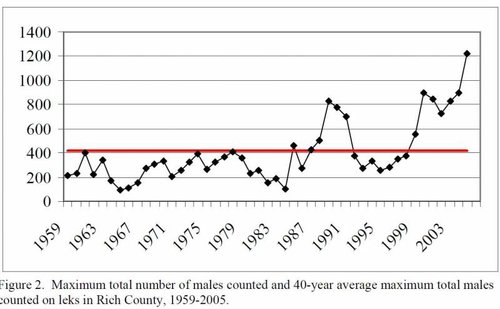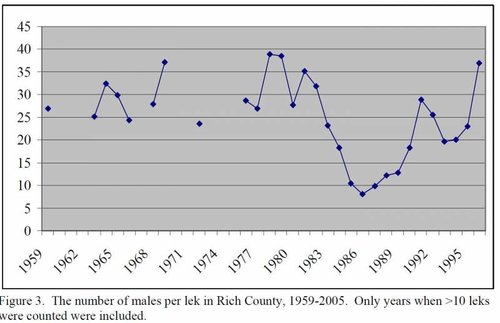Ben, my ethical meter is working just fine. Thanks for thinking of me though.
The biggest impact on wildlife that I have seen by O&G production here in the east is the number of people poaching and hunting. The wells seem to not bother the deer nearly as much as does a .300 magnum.
I'm here for you, Eric.
The increased poaching follows development everywhere. YOu should read some of the old police blotters from Pinedale, WY when they were in the heat of development - most of the crimes were wildlife related.







